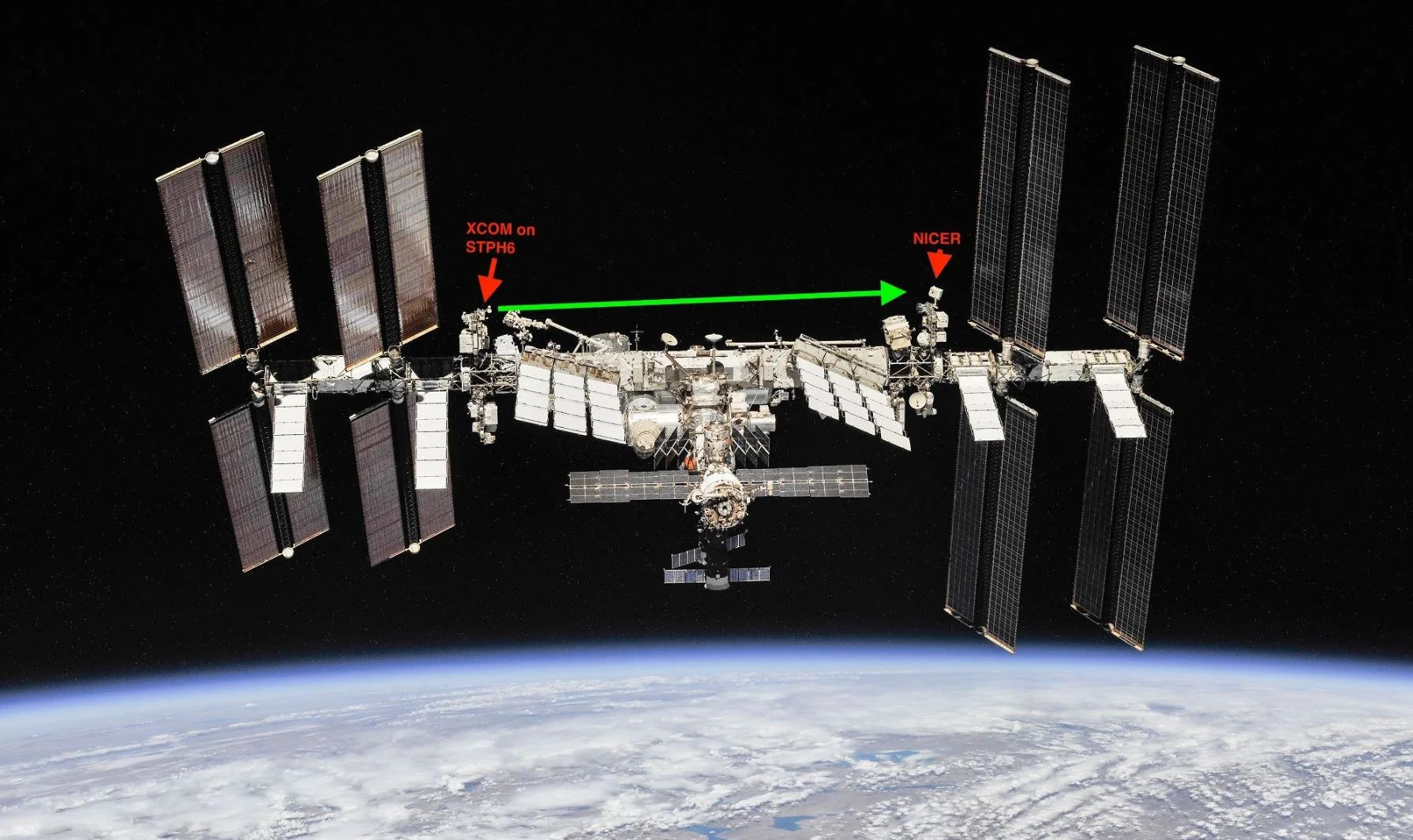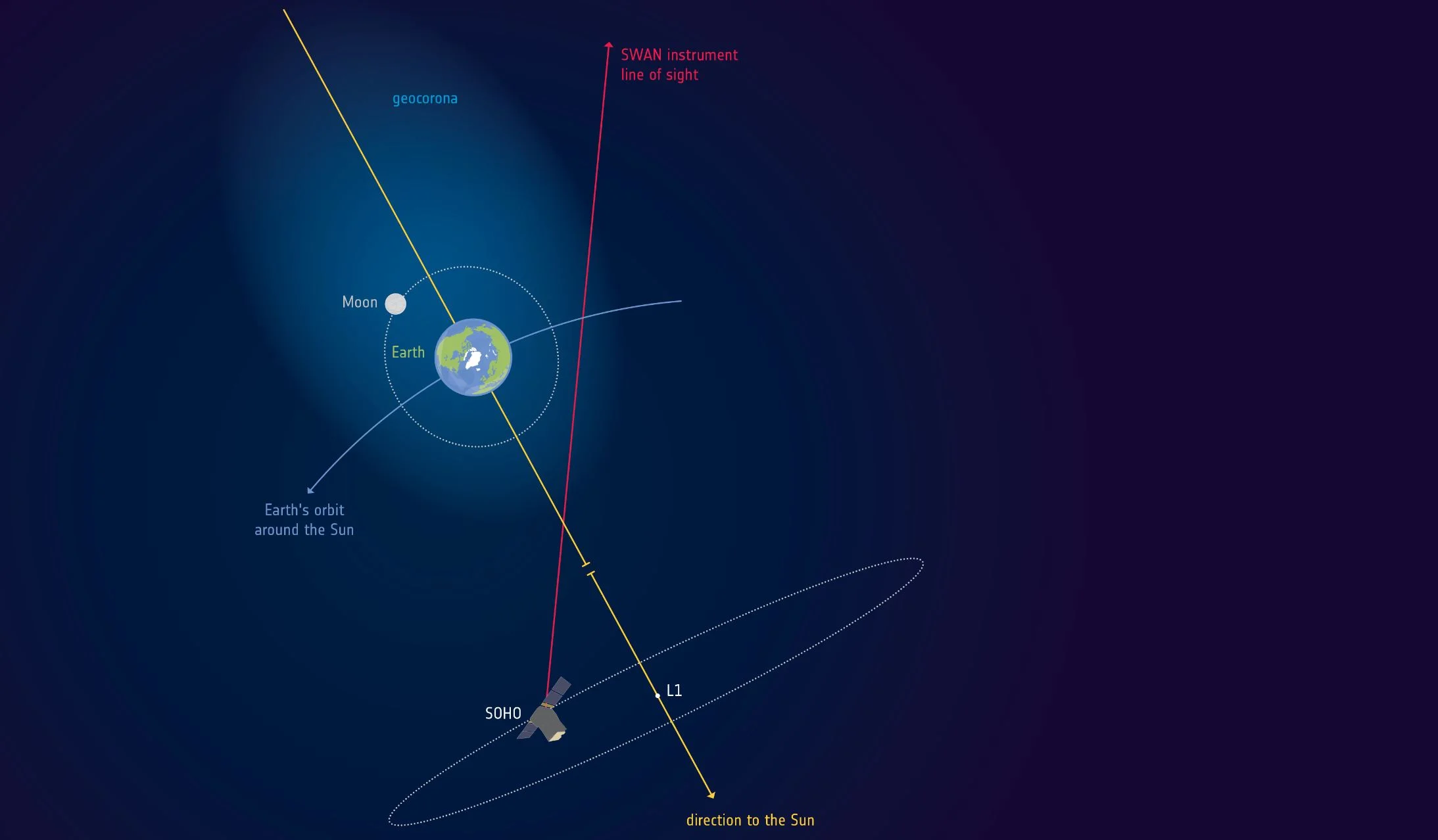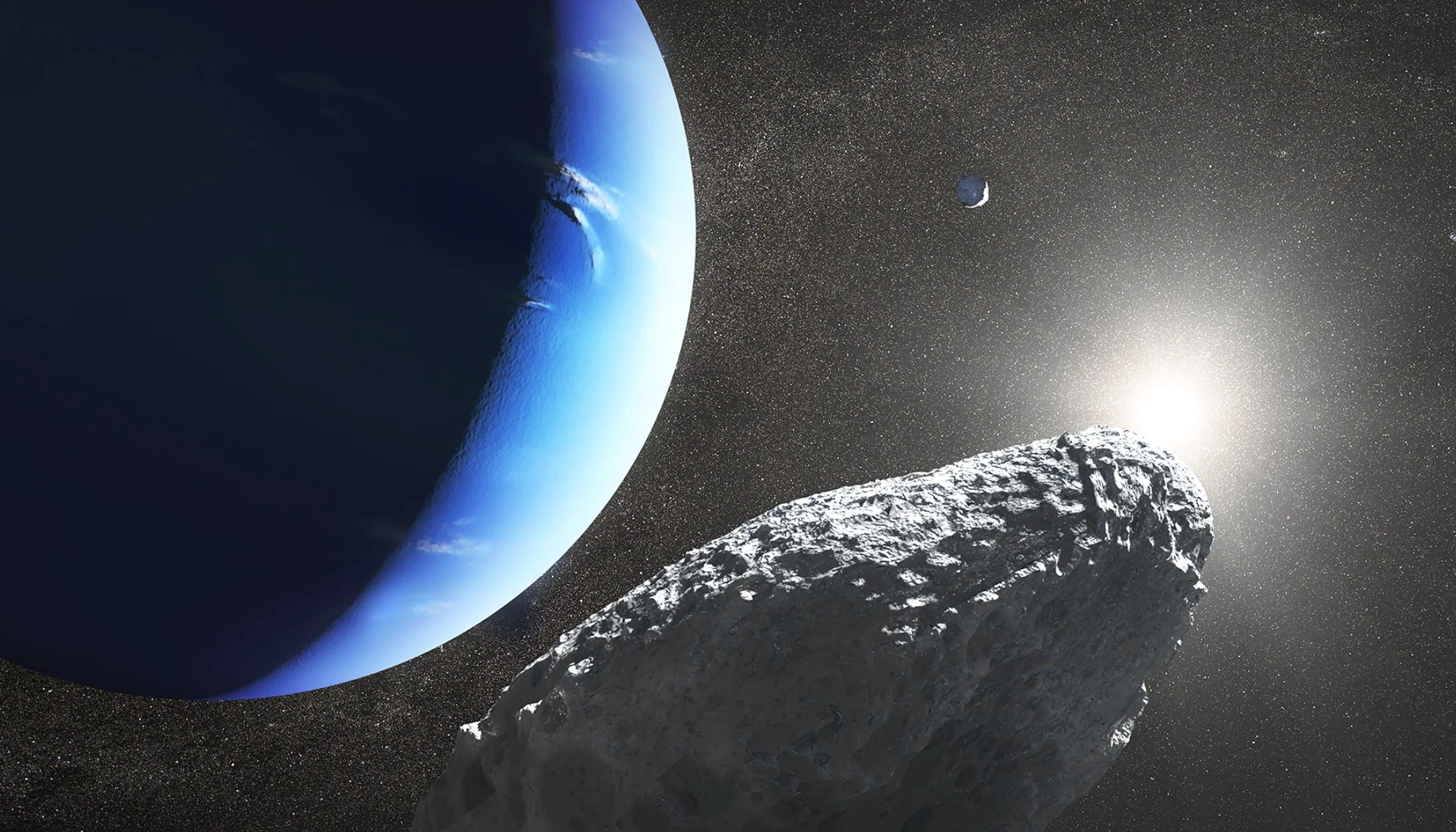The outer region of the solar system may be the least explored, but scientists have managed to unravel several of its mysteries in recent weeks. On New Year’s Day, the NASA spacecraft New Horizons encountered the icy object Ultima Thule for the first time, shedding light on how it formed. Astronomers have also just discovered a previously unknown moon orbiting Neptune, which has been dubbed “Hippocamp”.
Meet WFIRST, The Space Telescope with the Power of 100 Hubbles
WFIRST ain’t your grandma’s space telescope. Despite having the same size mirror as the surprisingly reliable Hubble Space Telescope, clocking in at 2.4 meters across, this puppy will pack a punch with a gigantic 300 megapixel camera, enabling it to snap a single image with an area a hundred times greater than the Hubble.
X-rays Might be a Better Way to Communicate in Space
In the coming years, thousands of satellites, several next-generation space telescopes and even a few space habitats are expected to be launched into orbit. Beyond Earth, multiple missions are planned to be sent to the lunar surface, to Mars, and beyond. As humanity’s presence in space increases, the volume of data that is regularly being back sent to Earth is reaching the limits of what radio communications can handle.
The Oldest and Coldest White Dwarf Ever Found has Bizarre Dust Rings Around it
When stars like our Sun exhaust their hydrogen fuel, they enter what is known as their Red-Giant-Branch (RGB) phase. This is characterized by the star expanding to several times it original size, after which they shed their outer layers and become compact white dwarfs. Over the next few billion years, it is believed that these stars will slowly consume any objects and dust rings still close enough to be influenced by their gravity.
Shout Out to Japan! Their Hayabusa2 Spacecraft has Collected its First Samples from Asteroid Ryugu
Japan’s Hayabusa2 spacecraft has completed an important part of its mission to asteroid Ryugu. The spacecraft descended to the surface of the asteroid to collect two samples with its sampling horn. We don’t know for sure if samples were successfully collected, but all indications are that the sampling mission went well.
Signs that Ancient Rivers Flowed Across the Surface of Mars, Billions of Years Ago
Billions of years ago, Mars was likely a much warmer and wetter place than the cold, dry, barren world we see today. Whether there was life there or not remains an open question. But there’s a massive, growing wall of evidence showing that Mars may have had the necessary conditions for life in the past, including at least one system of river valley networks.
Say Hello to Hippocamp! The New Moon Discovered at Neptune, Which Could Have Broken off from the Larger Moon Proteus
The idea of creating a new universe in the lab is no joke
Physicists aren’t often reprimanded for using risqué humour in their academic writings, but in 1991 that is exactly what happened to the cosmologist Andrei Linde at Stanford University. He had submitted a draft article entitled ‘Hard Art of the Universe Creation’ to the journal Nuclear Physics B. In it, he outlined the possibility of creating a universe in a laboratory: a whole new cosmos that might one day evolve its own stars, planets and intelligent life.
NASA is Aboard First Private Moon Landing Attempt
The last screw is tightened and a private Moon lander is packed in the fairing atop a SpaceX Falcon 9 rocket at Cape Canaveral Air Force Station in Florida. It took eight years to get there, plus significant dedication by a small group of scientists and engineers building Israel’s first machine to leave Earth’s orbit. Now, the highly anticipated moment is here: a shot at the first private Moon landing, and NASA is contributing to the experiment.
SOFIA Uncovers Clues to the Evolution of Universe and Search for Life
A compilation of scientific results from The Stratospheric Observatory for Infrared Astronomy, SOFIA, reveal new clues to how stars form and galaxies evolve, and closer to understanding the environment of Europa and its subsurface ocean. The airborne observatory carries a suite of instruments, each sensitive to different properties of infrared light, that gives astronomers insights into the flow of matter in galaxies.
Did You Know the Earth’s Atmosphere Extends Beyond the Orbit of the Moon?
Tiny Neptune Moon Spotted by Hubble May Have Broken from Larger Moon
This Star Has Been Going Nova Every Year, for Millions of Years
A nova star is like a vampire that siphons gas from its binary partner. As it does so, the gas is compressed and heated, and eventually it explodes. The remnant gas shell from that explosion expands outward and is lit up by the stars at the center of it all. Most of these novae explode about once every 10 years.
Citizen Scientist Finds Ancient White Dwarf Star Encircled by Puzzling Rings
British Satellite Tests its Space Junk Harpoon
Last summer, a new type of debris-hunting satellite was released from the International Space Station (ISS). It’s known as the RemoveDebris spacecraft, a technology-demonstrator developed by Surrey Satellite Technology Ltd and the Surrey Space Center. The purpose of this satellite is to test whether satellites equipped with targeting software, a debris net and a harpoon are effective at combating space debris.
There’s Evidence that Mars is Still Volcanically Active
Australia: well placed to join the Moon mining race … or is it?
Hubble Captures Smoking Gun of a Newborn Star
In this image, the NASA/ESA Hubble Space Telescope has captured the smoking gun of a newborn star, the Herbig–Haro objects numbered 7 to 11 (HH 7–11). These five objects, visible in blue in the top center of the image, lie within NGC 1333, a reflection nebula full of gas and dust found about a thousand light-years away from Earth.
Land Heavier Payloads on Mars. Aim for the Ground and Then Pull up at the Last Moment
In the coming decades, a number of missions are planned for Mars, which include proposals to send astronauts there for the first time. This presents numerous logistical and technical challenges, ranging from the sheer distance to the need for increased protection against radiation. At the same time, there is also the difficulty of landing on the Red Planet, or what is referred to as the “Mars Curse“.
















